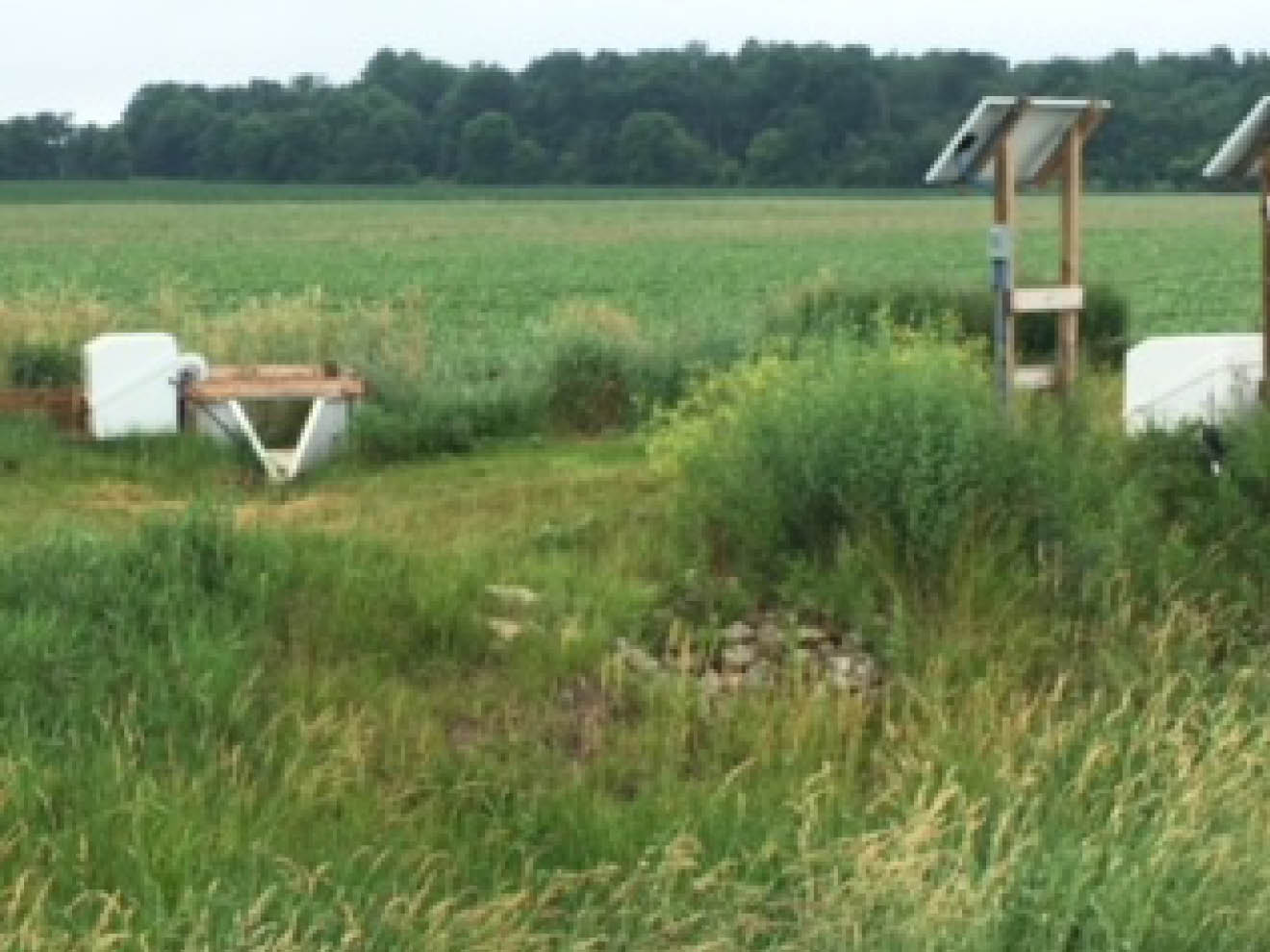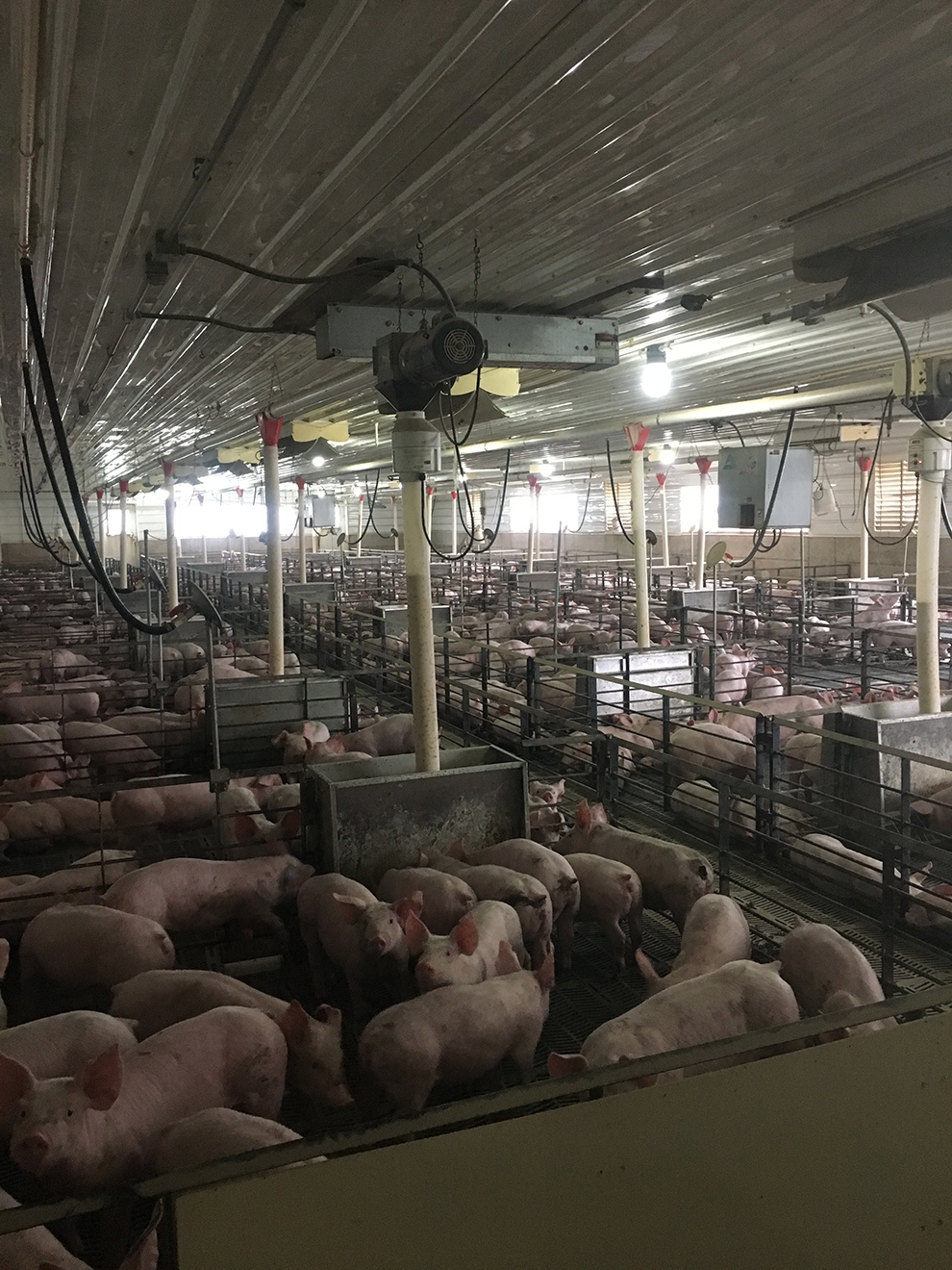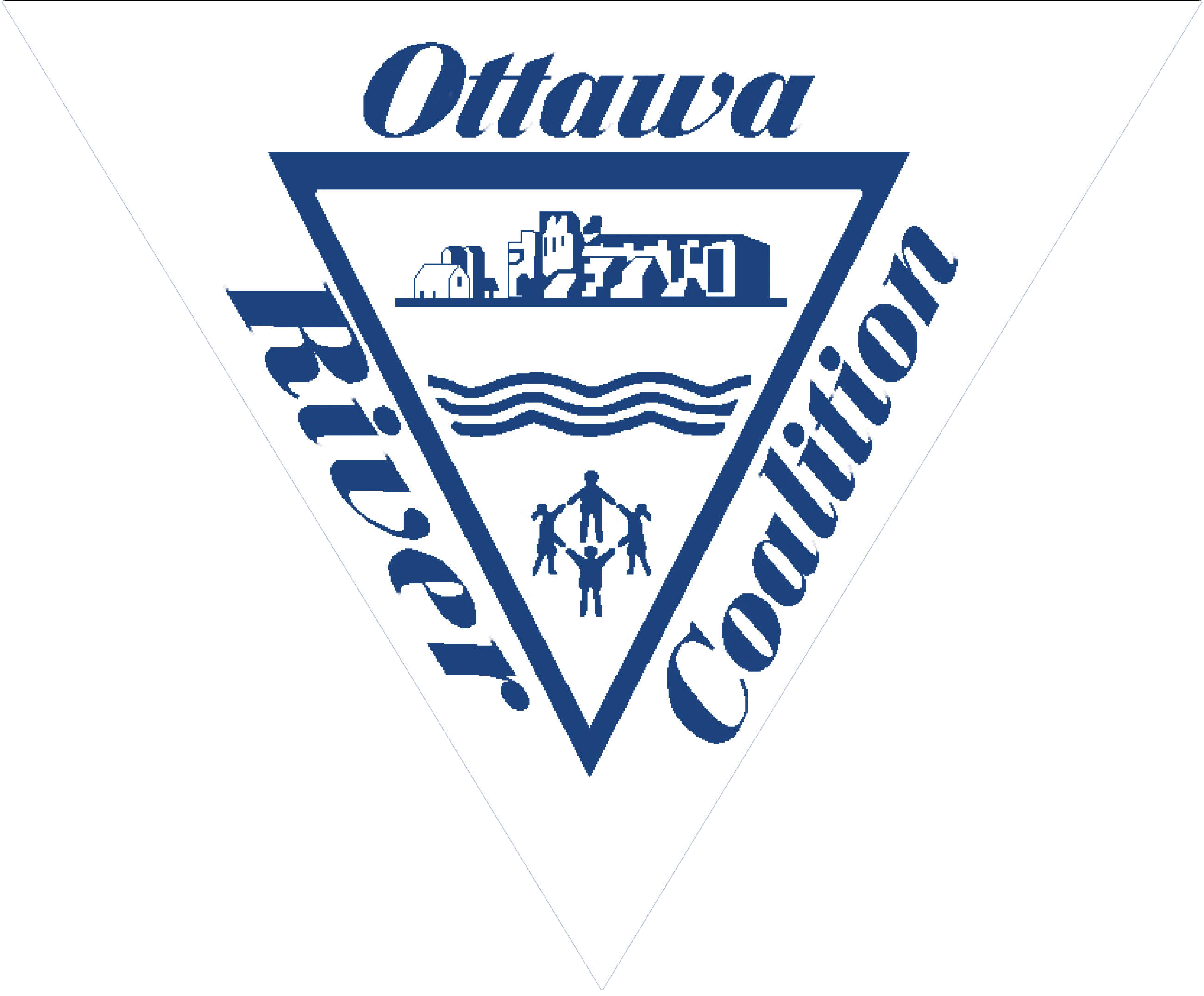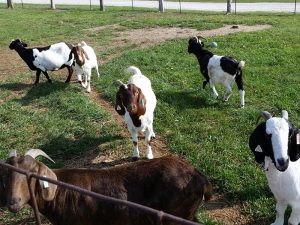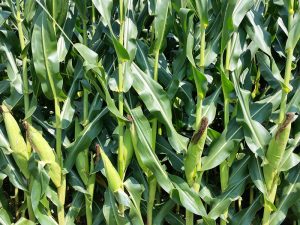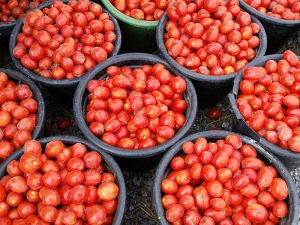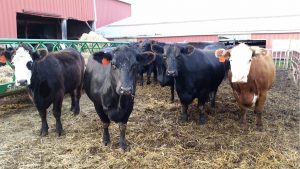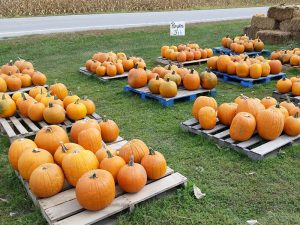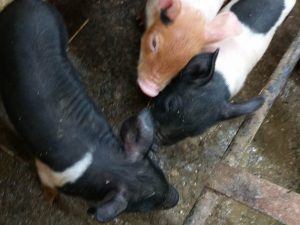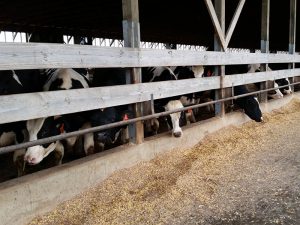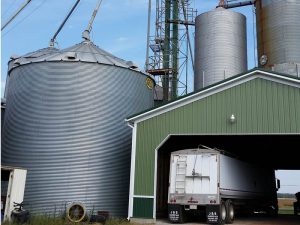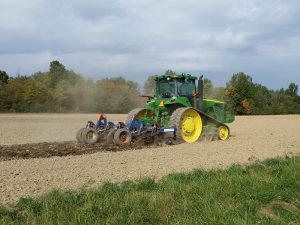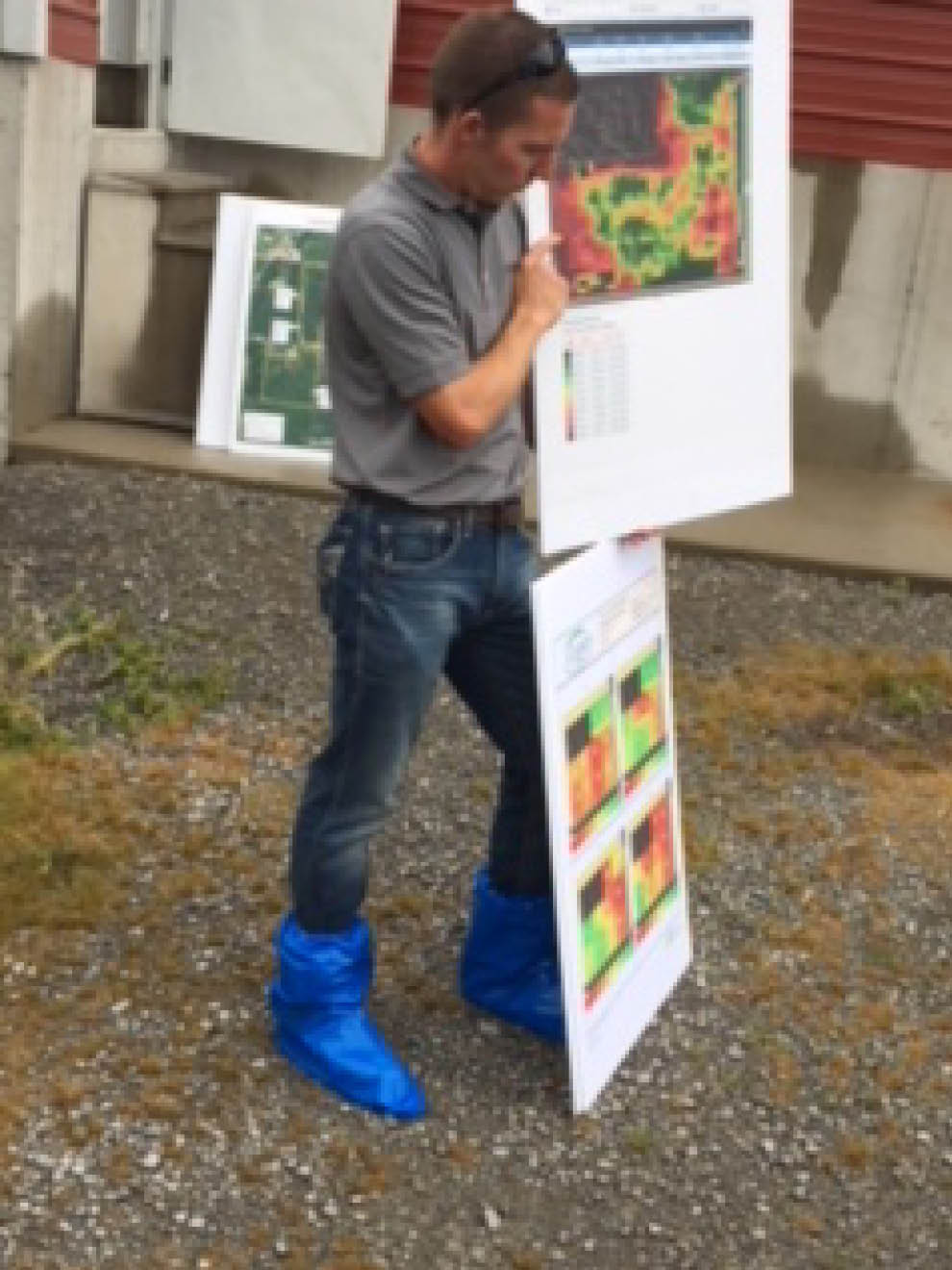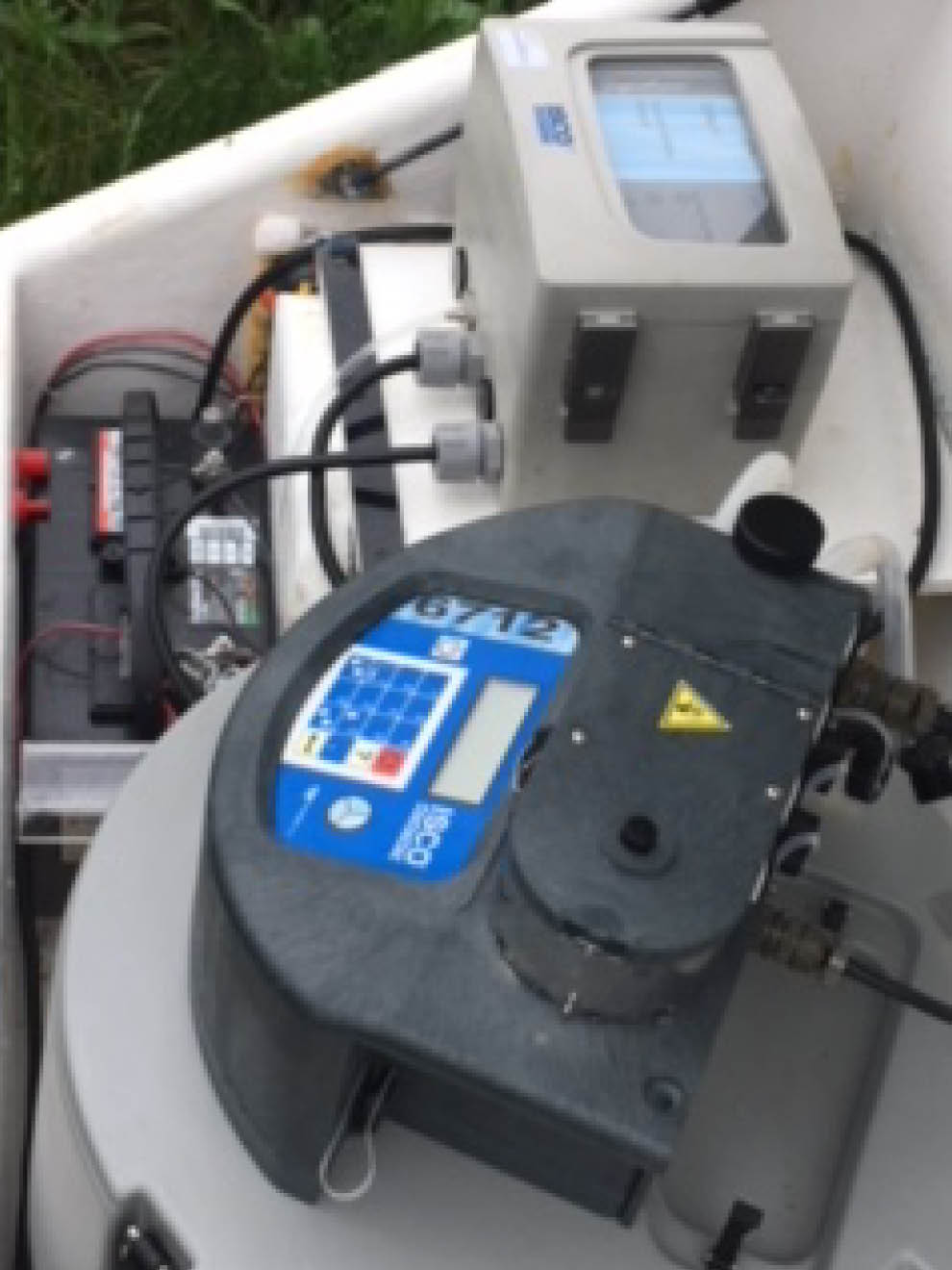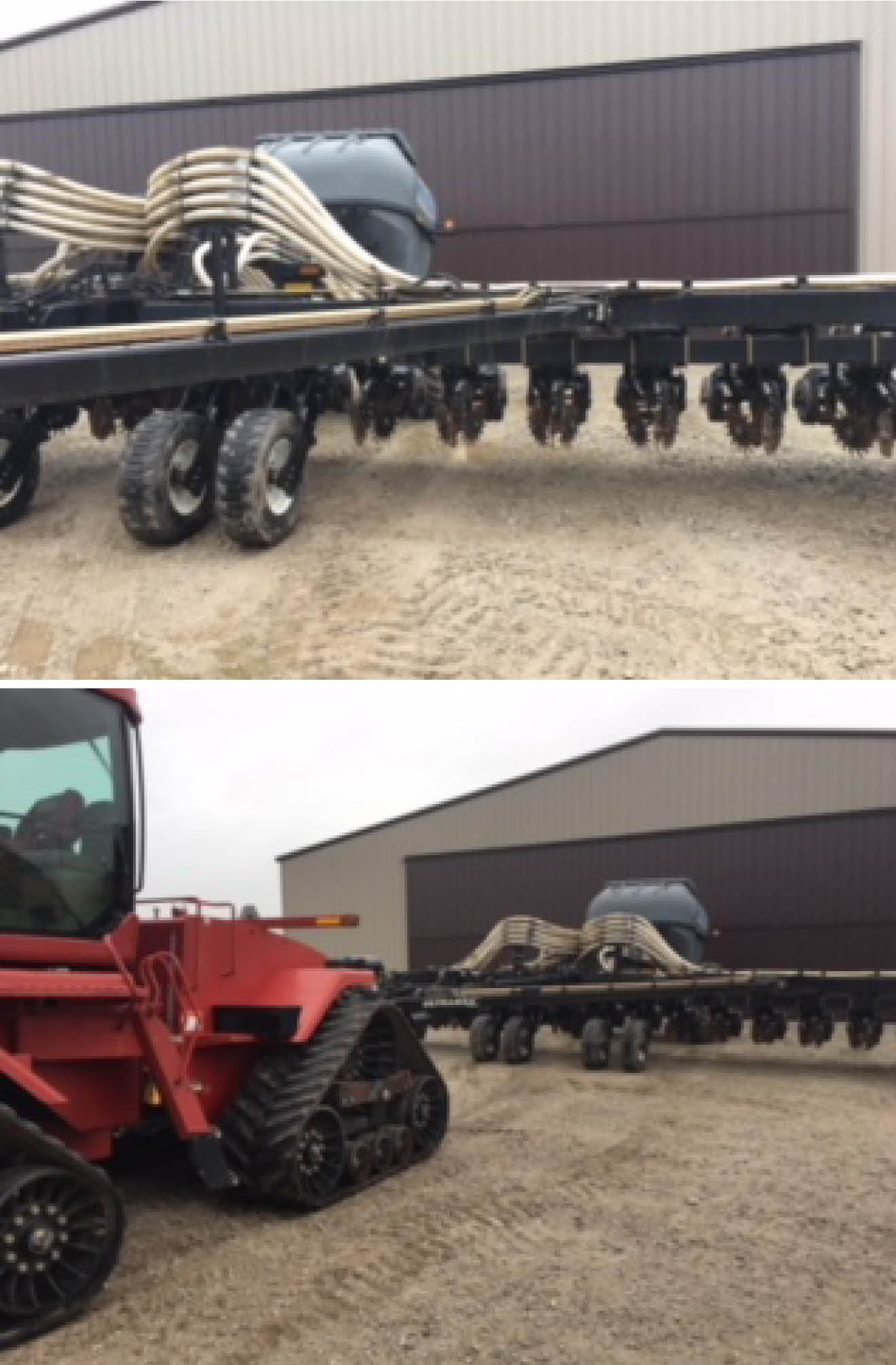
Agriculture
Agriculture in the Ottawa River Watershed is a dynamic industry that represents the very fabric of the local community. It is a deeply rooted culture defined by tradition, integrity, hard work and real American strength. This inherent dedication to the industry describes both the farmer and the agribusiness professional. In this watershed, agriculture is more than farming – it is the entire collection of businesses essential to the production, processing, and distribution of high quality agricultural products.
Situated on the western edge of the U.S. Midwest Corn Belt, and in what was the southern edge of the historic Great Black Swamp, the productive soil resource is the basis for predominantly corn and soybean crops. Over 900 family farm operations characterize over 75% of watershed land area. The annual market value of crops and livestock sold in the watershed is over $140 million, making production agriculture a predominant force in the local economy. Since 76% of that revenue is from crop sales, farmers do have considerable options for marketing their grain locally through large grain retailers and processing facilities.
Nearly 56% of jobs in the region are related in some way to agribusiness. Many of our farm and agribusiness operations date back eight generations and are still going strong. The fastest expanding enterprise on local farms is in livestock production, and as a result, this region enjoys high quality meat products.
Livestock and crop production on such a large part of the watershed landscape presents considerable challenges and responsibilities for local farmers in regards to protecting our water quality. Utilizing best management practices that keep sediment and nutrients on the farm fields and out of the river system is a priority not only in the local watershed but across Ohio and in the western Lake Erie basin.
In June 2018, the Ottawa River Coalition hosted a bus tour to view and hear about leading conservation and best management practices for phosphorus reduction and improved water quality in the Western Lake Erie Basin. Three farm families showcased their operations and helped us better understand just how production agriculture measures up when it comes to meeting phosphorus reduction goals.
The Blanchard River Demonstration Farm Network is a $1 million, five-year project and the first of its kind in Ohio. The three demonstration farms showcase innovative and standard agricultural practices that help reduce and prevent nutrient runoff. Participating farms are Kellogg Farms, Hardin County; Kurt Farms, Hardin County; and Stateler Family Farms, Hancock
County. The Blanchard Demonstration Farms Advisory Committee provides guidance to the project.
Find more information on this website:
https://blancharddemofarms.org/
